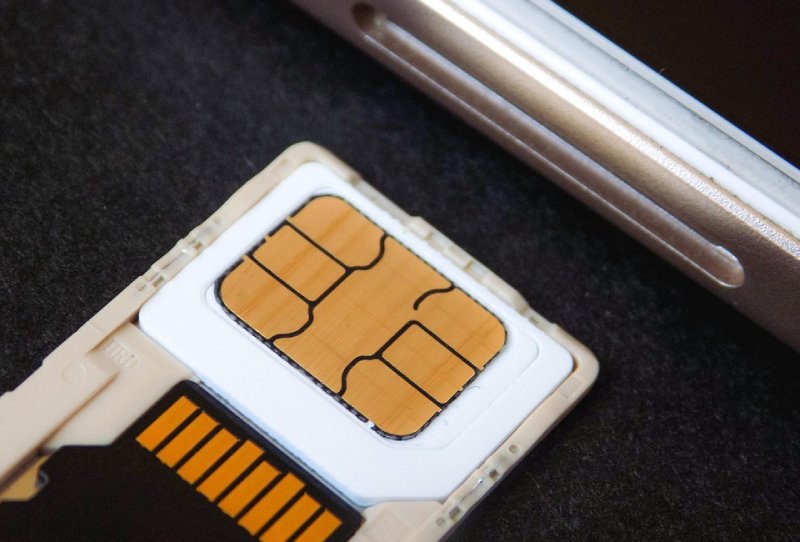A relaxing Mediterranean cruise turned into a financial nightmare for Stephen and Karen Ratchford when they unexpectedly fell victim to a lesser-known scam called SIM swapping.
A few days into their cruise, Stephen and Karen’s phones stopped working. Thinking it was a network issue, they later discovered scammers had hijacked their phone numbers, gaining access to their important accounts.
The British couple, who had embarked on what was meant to be a peaceful getaway, suddenly found themselves stranded at sea — cut off from their bank accounts, emails, and vital communications. With no idea how scammers had managed to hijack their phone numbers, the unsettling reality of their situation began to sink in.
With their phones compromised, the scammers quickly drained the couple’s joint accounts, took out a $32,500 loan in their name, and even applied for overdrafts. They also left the couple with a $195 mobile phone bill from premium messaging services.
The Ratchfords felt powerless, stuck on a ship thousands of miles from home with no way to stop the damage. It’s still unclear whether the scam was carried out by a group or an individual, or whether the culprit was onboard the ship or operating from elsewhere.
What is SIM Swapping?

SIM swapping, also known as SIM-jacking, is a form of identity theft where scammers take control of your phone number by transferring it to a new SIM card/eSIM under their control. This allows criminals to intercept your calls and text messages, giving them access to important information sent to your phone.
With control of your number, scammers can easily bypass security measures like two-factor authentication (2FA). This makes it possible for them to break into your emails, banking apps, and other sensitive accounts — often before you even realize something is wrong.
Scammers typically gather personal information from social media, phishing emails, or leaked data to impersonate you. Using these details, they contact your mobile provider and request a SIM transfer. Some providers may fall for the scam if the fraudster answers enough security questions correctly.
The real danger lies in how quickly the damage can escalate. With control of your number, scammers can bypass 2FA, reset passwords, and drain your bank accounts within minutes.
To protect yourself, make sure you add extra security to your mobile account, such as a PIN or password that must be provided before any SIM changes can be made. Switching to an authenticator app for 2FA instead of relying on text messages also adds an extra layer of protection.
The Aftermath: Financial and Emotional Toll

For Stephen and Karen Ratchford, the financial impact was overwhelming. The scammers left them facing thousands of dollars in losses and unexpected charges, turning what should have been a relaxing trip into a stressful ordeal.
Fortunately, once the fraud was reported, the banks stepped in. They canceled the fraudulent loan, reversed the overdrafts, and refunded the stolen money. Their mobile provider, iD Mobile, also covered the phone bill charges and offered the couple a goodwill payment for the trouble.
Despite recovering the lost funds, the experience left lasting emotional scars. Stephen described the ordeal as “absolutely horrendous” and admitted to feeling paranoid afterward. He said the ease with which scammers took control of his phone and finances was unsettling.
Being stuck on a cruise ship thousands of miles from home only made the situation more stressful. With limited ways to communicate, the Ratchfords struggled to figure out what was happening. Thankfully, P&O let them use the ship’s phone, giving them a chance to contact their bank and start sorting things out.
For Stephen, it was a hard lesson that even those who feel confident with technology aren’t immune to scams. He’s now focused on spreading the word to help others avoid the same trap.
Important Lessons for Cruise Travelers

SIM swapping scams can happen anywhere — even when you’re relaxing on a cruise ship. Fortunately, there are steps you can take to protect yourself and avoid falling victim to this type of fraud.
One of the most effective ways to safeguard your phone is by adding a PIN or password to your mobile account. Most major phone carriers allow you to set a security code that must be provided before any SIM changes can be made. Without this code, scammers can’t easily take control of your number.
Using an authenticator app for two-factor authentication (2FA) is another smart move. Unlike text message codes, authenticator apps generate security codes directly on your device, making them far more secure if your phone number is ever compromised.
Be mindful of what you share online as well. Scammers often gather personal details from social media to help them impersonate you. Avoid posting information like your birthdate, hometown, or travel plans, as these details can make it easier for fraudsters to target you.
If your phone suddenly loses service without warning, act quickly. Contact your mobile provider right away to report the issue. A sudden loss of signal could be a sign that your number has been hijacked.
Finally, consider setting up account alerts with your bank. Many financial institutions allow you to receive notifications for suspicious transactions. This helps give you a chance to catch unusual activity before too much damage is done.

